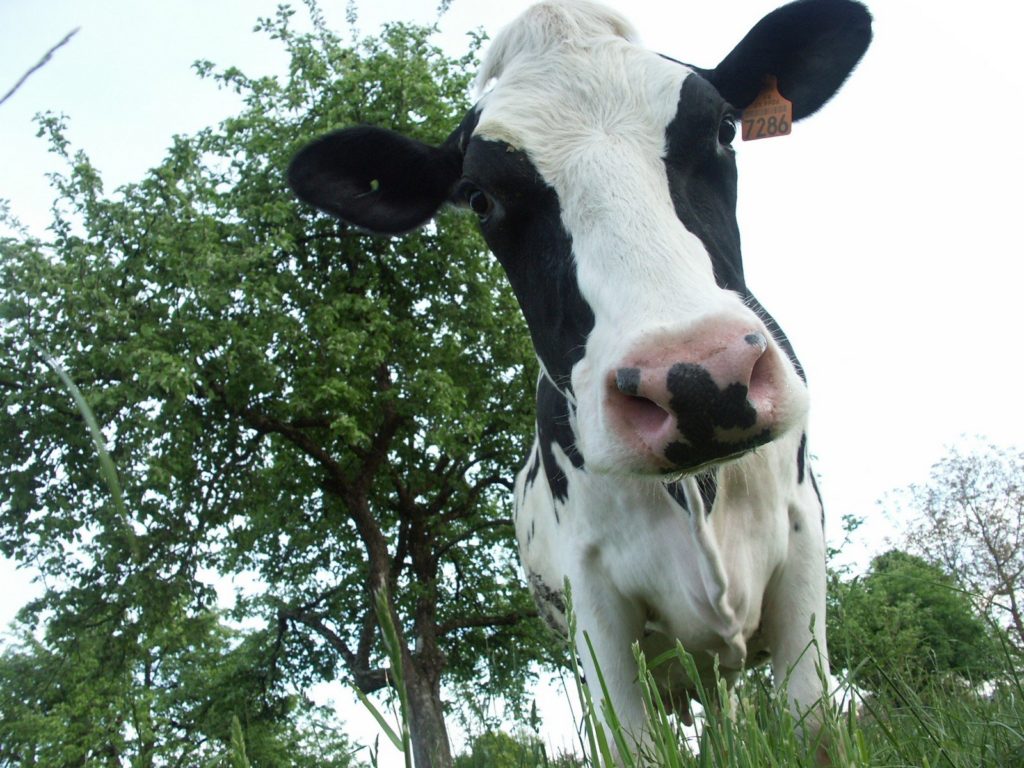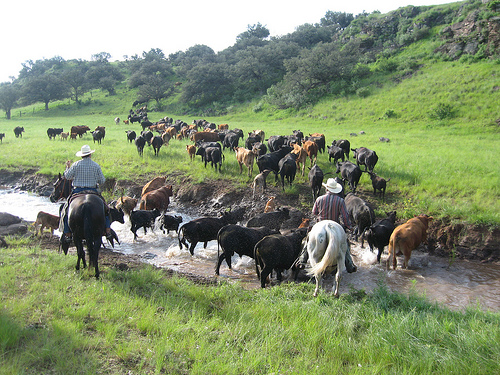Mexico’s Agricultural Industries are Shrinking
Mexico’s agricultural industries are shrinking. For example, the state of Guerrero, Mexico, which is along the coastline of the Pacific Ocean, was once a thriving commercial center for fishing, coconut production, mangos, and other agricultural products. A canal to transport coconuts to the bay for shipping once ran down the center of Zihuatanejo which is also a major fishing area.
But over the last decades, agricultural production, distribution, and sales in the state and in Mexico have decreased. Recovery of these industries will require vision, the talent of our youth, innovation, new channels of distribution, and new technology.
Weather Factors
Back in 2013, “Hurricane Manuel” destroyed approximately 196,500 hectares of land in the state of Guerrero, planted with corn, beans, coconut, mango, papaya, and various other agricultural products. This destruction amounted to about 40% of the entire planted land in the state. Many farmers lost their plots entirely and never recovered.
Cattle Ranching
The cattle meat industry in the Zihuatanejo area has decreased by more than half over the last decade. Over the past 8 to 12 years, there has been a decline from 12,000 heads to 5,000 heads annually, according to the United Cattlemen’s Association of Zihuatanejo. New infrastructure, training, and vision are needed to revive the industry.
This decrease in cattle heads is contrary to the population growth in the area. Ten years ago, Zihuatanejo had approximately 70,000 inhabitants but now has 120,000. Meat consumption has increased, but the supply, unfortunately, is coming from outside of the city.
A lot of frozen meat comes from other states in Mexico that have more infrastructure and technological development. Currently, 50 percent of the meat consumed in the Ixtapa Zihuatanejo area comes from outside the state. Also, many hotels in Ixtapa require fine cuts of meat that are not available in Mexico and import them from other countries.
Mangos and Coconuts
With more than 85 million hectares of fields, Guerrero is the principal producer of coconuts; however, it is in the last place within the country for exportation, according to Economic Development Department in Petatlán, an agricultural area located about 45 minutes south of Zihuatanejo.
The Costa Grande region of Guerrero, where Ixtapa Zihuatanejo and Petatlán are located, has more than 54 million of the 85 million hectares of coconut groves within the state, but other states like Nayarit, that have used technology to lead in the production of over 50 coconut byproducts, distributing them nationally and internationally. Likewise, Guerrero is in first place in the nation in mango production, generating more than 26 percent of the country’s total, but, only 1 percent of production is exported.
Fishing
Global warming and “El Niño” have affected the state of Guerrero. The weather has been warmer in recent summers, and the tropical rains have enriched the waters with nutrients for the local marine life. This causes a greater abundance of fish. With greater supply, the price of fish goes down. That’s good for consumers, but without greater overall sales volume, the income for fishermen is reduced.
Coffee
This year, the Zihuatanejo area experienced lower temperatures during the fall and winter, impacting the coffee growing season. Annual production is estimated to be lower than normal. The state of Guerrero just committed $30 million pesos (approximately $1.9 million USD) to help rejuvenate future production.
Kids Leaving the Farm
As Mexico moves from an agricultural society to a more urbanized one, young people often stop working on the family farm or fishing boat and begin to seek an education and careers in business and tourism.
But, agricultural technology is a wonderful career that students can pursue to help regain and strengthen the state’s position in the markets and take advantage of the great potential for national and international sales.
Related Articles:


